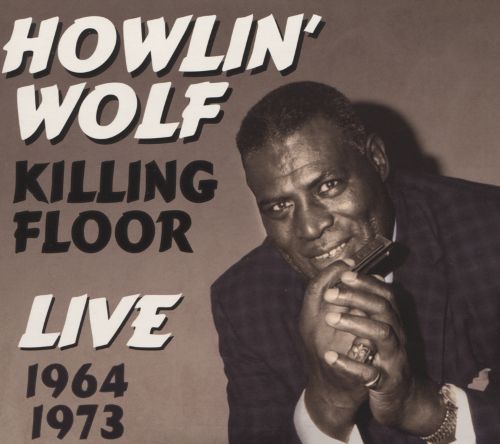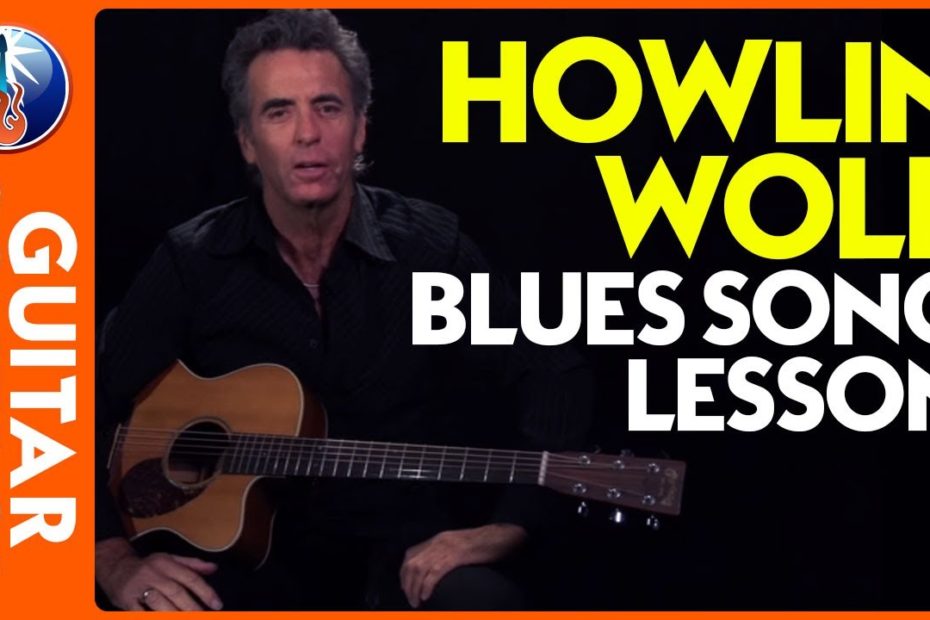
We were both stoned there, and we just hung around laughing – yeah, we just laughed. It was at this place called The Kettle of Fish in the Village. JH: I saw him one time, but both of us were stoned out of our minds. SB: Did you ever meet Bob Dylan in the States? I used to like Spencer Davis, but I heard that old Stevie’s left them, and I think it’s official about two days ago, or it was yesterday. I thought, “God!” And every time we get together, that’s all we talk about – playing music. But I was surprised, especially when I heard Eric Clapton, man. I thought it could be a whole lot of cats who could play it but not really feel it. JH: Well, I never had a chance to get on the scene over there, but from what I’ve seen it’s pretty good. SB: What do you think the scene is like over there compared to Britain? You had to chat somebody up real quick before you had a place to stay. I’d just lay around and play for about two dollars a night, and then I’d try and find a place to stay at night after I finished playing. But when I was on the East Coast the scene was pretty groovy. JH: Well, I haven’t been on the West Coast for a long time.

SB: What’s the scene like now on the West Coast? When I came out I went down South and all the cats down there were playing blues, and this is when I really began to get interested in the scene. Then I went into the Army for about nine months, but I found a way to get out of that. When I really learned to play was down South. They don’t have too many of the real blues singers up there. JH: No, ’cause I can’t even sing! When I first started playing guitar is was way up in the Northwest, in Seattle, Washington. SB: Do you feel any heritage from the old bluesmen? I used to like Elmore James and early Muddy Waters and stuff like that – Robert Johnson and all those old cats.

Jimi Hendrix: Well, I don’t have any right now. Steve Barker: What are the main influences in your music? I left in moods swinging between elation and crestfallen. But we met his then-manager Chas Chandler on the way, and he nixed my attendance at the next day’s session. Of course, I was knocked out at the prospect and left in a great mood. Jimi played me a version of “Purple Haze” but without vocals and invited me to Olympia Studios the following day when he was to record the voicings.

The cassette soon ran out and we stayed chatting mostly on inconsequentials of the London scene and also about favourite blues artists. On top was Robert Johnson’s King of the Delta Blues Singers and under that a Lenny Bruce album. His girlfriend – I assume Kathy Etchingham – drifted in and out.

He was friendly and relaxed through the chat. I turned up to see Jimi at his flat on Montague Square, cassette recorder and one cassette in hand. The interview was fixed in early January 1967. Looking to place my first story in West One, an in-house student magazine that had both news and features, I contacted Hendrix’s management and went to see Mike Jeffries in a dingy office on Gerrard Street, London’s Chinatown. There was not much in the press to follow, but “Hey Joe” was released later that year and charted in December. I’d broken my spectacles and couldn’t see very well, but around two thirds of the way through a special guest was brought on – someone called Jimi Hendrix!Īll I can recall was Jimi sashaying across the stage in some sort of mutant Chuck Berryesque duckwalk, playing some guitar with his teeth and chopping out a nasty version of Howlin’ Wolf’s “Killing Floor.” It was stunning. I wasn’t a big fan of Clapton’s blues output, but Cream was different. October 1st was the event of the first term, Cream playing at the Students Union. I was there to study journalism at Regent Street Polytechnic three of Pink Floyd were there at the same time in the Architecture School.
#Howlin wolf killing floor 1964 chords free
In May of that year I had sat behind an electrifying Bob Dylan and the Band at Manchester Free Trade Hall and clearly recall someone shouting a still unreported “Remember Selma Alabama!” So London was no big deal.
#Howlin wolf killing floor 1964 chords series
As an eighteen year old arriving in London in September of 1966, I had already seen a whole series of American Folk Blues Festivals in the UK, with the likes of Sleepy John Estes, Howlin’ Wolf, Sonny Boy Williamson and Willie Dixon.


 0 kommentar(er)
0 kommentar(er)
